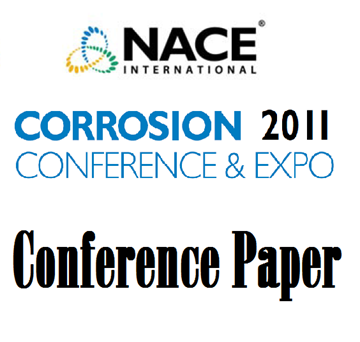Search
07573 Survey of Materials in Hydrotreater Units Processing High TAN Feeds
Also Purchased
11360 Corrosion in Crude Distillation Unit Overhead Operations: A Comprehensive Review
Product Number:
51300-11360-SG
ISBN:
2011 11360 CP
Publication Date:
2011
$20.00
07565 Effect of Mercaptans and Other Organic Sulfur Species on High Temperature Corrosion in Crude and Condensate Distillation Units
Product Number:
51300-07565-SG
ISBN:
07565 2007 CP
Publication Date:
2007
$20.00
07564 FCCU Light Ends Plant Carbonate Stress Corrosion Cracking Experience
Product Number:
51300-07564-SG
ISBN:
07564 2007 CP
Publication Date:
2007
$20.00




